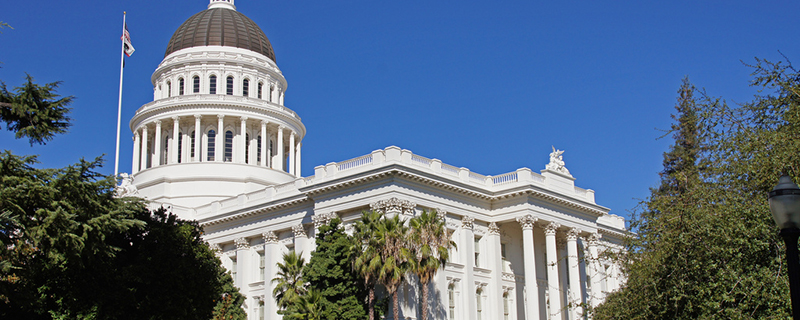Viewers of President Biden’s speech to Congress last week may have been struck by size of the trillions in new federal spending the President outlined in his speech. In advance of the President’s speech, Democrats in the California Legislature had a message for Washington – hold my beer!
Assembly and Senate Democrats recently outlined their respective spending priorities in advance of the release of the Governor’s May Revise budget proposal. As the competing plans show, the two houses are trying to one-up one another in seeing how many tens of billions they can spend.
Lawmakers currently estimate California’s budget windfall at $15 to 20 billion. Speaker Rendon’s budget advisor Jason Sisney tweeted that this could be in addition to the $15 billion windfall projected by Newson in January. None of these figures count the estimated $26 billion California stands to receive from the Biden stimulus plan.
In their “Build Back Boldly” plan, Senate Democrats say they are “embrac(ing) the once-in-a-generation opportunity to make bold transformative progress for the people of California.” In this case, transformative progress means massive spending increases. Here are some highlights:
- The plan “takes a major first step and lays the groundwork for universal care and education for children ages 0 to 3.” The Governor’s Master Plan for Early Learning and Care estimates that its similar plan would cost between $2 billion and $12 billion. As PRI’s Lance Izumi and Kerry McDonald wrote of universal government pre-school, “data do not support the call for increased taxpayer investment in government preschool.”
- Launching a “$20 billion, five-year commitment to end the crisis and reduce homelessness” largely by increasing spending on acquiring motels and other new homeless housing. Wayne Winegarden, co-author of PRI’s new book No Way Home says that “instead of just throwing more money at the problem,” government “funding should be focused supporting non-profit organizations nationwide that are doing a much more effective job of addressing the individual needs of those living in homelessness than government ever can.”
- It “makes a major $2 billion commitment to address and mitigate the impacts of drought,” but fails to include funding for water storage. As Steven Greenhut wrote in his recent PRI book Winning the Water Wars, lawmakers should prioritize “creating water abundance, rather than on having political fights over a declining water supply.”
- The Senate Democrat plan would also “expand access to Medi-Cal to all income eligible Californians regardless of immigration status.” When previously considered by the Legislature, it was estimated to cost $163 million the first year, and $255 million the following year. As PRI’s Sally Pipes told CALmatters in 2019, “it would make it even harder for those on the program to find a doctor and get care.”
- It would also expand the state’s effort as car salesperson, it would “provide-up front funding to help the state reach its goal of 1.5 million ZEVs on the road by 2025” through “$175 million per year for three years to support the state’s Clean Vehicle Rebate Program.” As Wayne Winegarden documented in his study “Costly Subsidies for the Rich,” 79 percent of taxpayer-funded electric car subsidies are claimed by households making more than $100,000 per year.
Assembly Democrats call their plan a “budget of opportunity,” and outline four priorities: preserving by restoring past budget cuts to favored programs, responding to the ongoing Covid-19 pandemic, protecting those most impacted, and “target(ing) stimulus to help Californians rebuild the economy.”
Signaling their willingness to reverse former Gov. Jerry Brown’s longstanding rule rejecting one-time funds for new, ongoing programs – a trend continued by Gov. Newsom – Assembly Democrats aim to “provide multi-year funding packages with one-time federal and state funds.”
The Assembly Democrat plan makes “affordable housing” a priority, which PRI’s Kerry Jackson says is “a distraction.” Arguing that what California needs most are homes of all types, he cites research from the nonpartisan Legislative Analyst’s office showing that building new market-rate housing indirectly increases housing supply for all Californians, including low-income residents.
Gov. Newsom will put his stamp on the 2021-22 budget on May 10 when releases the May Revise, officially kicking off the sprint to pass the budget before the June 15 deadline. Whatever form it takes, California is on track for the largest increases in both one-time and ongoing spending in recent memory as the final budget takes shape.
Tim Anaya is the Pacific Research Institute’s senior director of communications and the Sacramento office.

